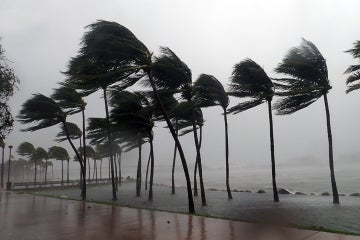Vivek Goel's COVID-19 podcast (Ep. 5): Modelling the pandemic
Published: April 8, 2020
Medical experts, politicians and just about everyone else around the world is studying mathematical models these days – hoping to learn more about the spread of COVID-19.
In their simplest form, disease models are used to estimate the proportion of the population that has been sick, or is likely to become sick. But they come with caveats.
“Models require huge amounts of input data and assumptions have to be made about variables that are not fully understood. As a result, the models can have very wide ranges of prediction,” says Vivek Goel, the University of Toronto’s vice-president, research and innovation, and strategic initiatives, and a professor at the Dalla Lana School of Public Health.
“They're important for planning purposes, but they do not predict exactly what's going to happen.”
COVID-19: What’s Next is a bi-weekly podcast created by Goel in collaboration with a University of Toronto Communications team led by producer Lisa Lightbourn.
In episode five, Goel – a renowned public health expert and founding head of Public Health Ontario, which was set up in response to the 2003 SARS outbreak – explains how experts model disease, what kind of variables they take into account and how these models can become very complicated, very quickly.
Note: The information in this podcast is current as of the posting date. Listeners should consult their local public health agency for the latest information in their jurisdiction.



